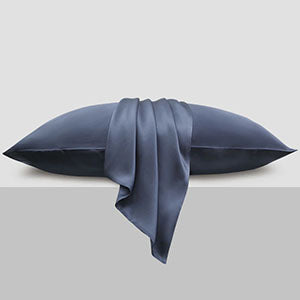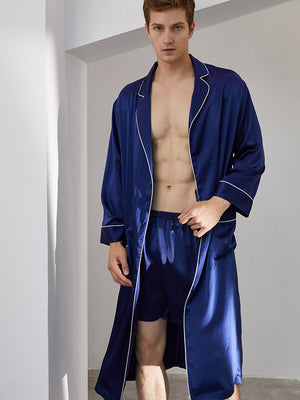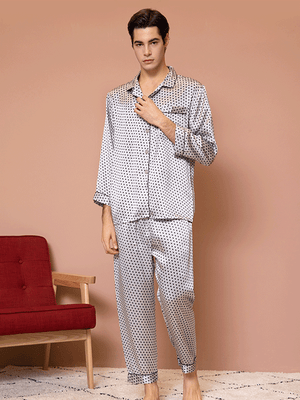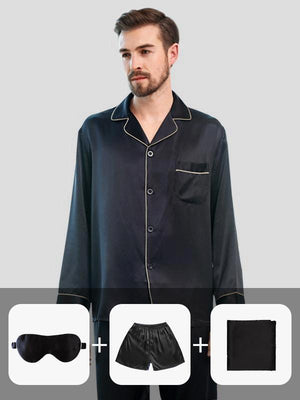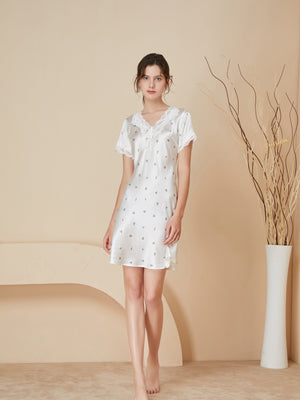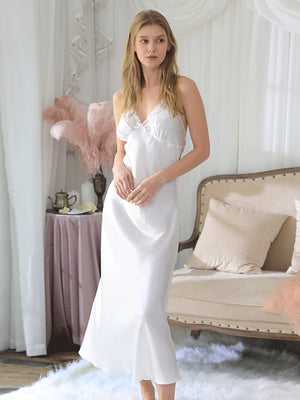Silk Formal Dress: The Epitome of Elegance and Timeless Style
- by wangfred
-

Imagine stepping into a room where all eyes turn to you, captivated by the subtle sheen of your attire. A silk formal dress isn't just an outfit—it's a statement. For centuries, silk has symbolized luxury, grace, and refinement, making it the ultimate choice for events demanding elegance. Whether attending a gala, wedding, or cocktail soirée, a silk formal dress effortlessly blends tradition with modernity, offering wearers an unmatched aura of confidence.
The History of Silk in Formal Attire
Silk's journey as a fabric of distinction dates back over 5,000 years. Originating in ancient China, it was once reserved exclusively for royalty and nobility due to its rarity and labor-intensive production. Over time, trade routes like the Silk Road introduced this exquisite material to the world, cementing its status as a global luxury. By the Renaissance era, silk had become a staple in European formalwear, adorning aristocrats in opulent gowns and tailored suits. Today, its legacy continues, with silk formal dresses embodying the same prestige they did millennia ago.
Why Silk Stands Out
Unlike synthetic fabrics, silk possesses a natural luster that catches light delicately, creating a radiant effect without appearing flashy. Its hypoallergenic properties and breathability ensure comfort during extended wear, while its lightweight texture drapes flawlessly over the body, accentuating curves in a subtle, flattering manner. These qualities make silk a perennial favorite for designers and wearers alike.
Choosing the Perfect Silk Formal Dress
Selecting the ideal silk formal dress hinges on understanding fabric variations and design elements. Charmeuse, with its glossy finish, is ideal for sleek, form-fitting styles, while chiffon offers a softer, ethereal look. Dupioni, known for its slight texture, adds depth to structured silhouettes. Consider the event's formality: a floor-length gown in solid ivory suits black-tie weddings, whereas a knee-length dress with subtle embellishments might shine at cocktail parties.
Styling for Different Body Types
A silk formal dress can flatter every figure when tailored thoughtfully. Hourglass shapes thrive in wrap-style dresses that highlight the waist, while pear-shaped bodies benefit from A-line skirts that balance proportions. Empire waistlines elongate petite frames, and column dresses emphasize the statuesque appeal of taller individuals. Accessories like metallic belts or statement jewelry can further personalize the look.
Caring for Your Silk Garment
Preserving a silk formal dress requires diligence but is straightforward with the right techniques. Hand-washing in cold water with a mild detergent is ideal, though professional dry cleaning is recommended for intricate designs. Avoid wringing the fabric; instead, gently press water out with a towel. Store the dress in a breathable garment bag, away from direct sunlight, to prevent discoloration. With proper care, a silk dress can remain a wardrobe centerpiece for decades.
Silk and Sustainability
As eco-conscious fashion gains momentum, ethical silk production has become a priority. Look for certifications like Global Organic Textile Standard (GOTS) or OEKO-TEX to ensure eco-friendly practices. Vintage silk dresses also offer a sustainable alternative, combining timeless design with reduced environmental impact.
There's something undeniably magical about slipping into a silk formal dress—the way it glides over your skin, the quiet confidence it instills, the whispers of admiration it invites. More than a garment, it's a testament to the wearer's appreciation for artistry and heritage. As fashion trends come and go, the silk formal dress remains an unwavering icon of elegance, ready to transform any moment into a memory etched in sophistication.
